Stabilising Beef Prices Signal New Market Balance After Sharp Declines

Higher-than-expected prices suggest long-term supply gap despite softened demand
Iain Macdonald, Market Intelligence Manager at Quality Meat Scotland (QMS) said: “After seven weeks of sharp declines from the start of May up until Highland Show week, deadweight prime cattle prices in Scotland have been more stable since, with two average price reductions of 1p in the final week of June and first week of July. While down 11% from their peak, prime cattle still averaged 33% higher than a year earlier at the start of July, at 641.6p/kg.
“After an extremely strong winter and spring on the demand-side, a surge in consumer prices has taken some of the heat out of the volume of demand. Indeed, the ONS reported that beef and veal prices were 17% higher than a year earlier in May. Some of this cooling of demand is likely to reflect seasonality of consumption too, with beef sales rebalancing towards cheaper products like burgers in the summer, while there is a net outflow of tourists from the UK.
“In addition, after a slow start to the year, UK beef imports rebounded in the spring as the supply chain attempted to balance out supply and demand, and to manage overall consumer price levels. A combination of industry reports and UK trade data suggests that a higher level of imports from Brazil, Australia and New Zealand could be weighing on wholesale prices facing into the foodservice sector. In addition, increased Irish exports into the EU on the back of surprisingly high Irish beef production this year may have limited demand for UK exports.
“In response to the softening of demand, abattoir throughput has fallen sharply following a short-term increase after Easter, and the subsequent reduction in beef supply is likely to have seen the market stabilise. The deadweight price reported kill at Scottish abattoirs averaged 11% lower in the six weeks to early July than it had in the first 21 weeks of the year. By contrast, the average kill only fell by 1% between the same two periods in 2024.
“As a result, slaughter in the year-to-date has fallen faster than expected, and this could mean that numbers do not tighten as much as expected relative to 2024 in the second half. Meanwhile, deadweight price reports from south of the border have pointed to a sharply lower kill since mid-June, while prices have looked more stable since late-June.
“A market balance could have been found for now, albeit at a sharply higher price level than in summer 2024. Away from short-term seasonal fluctuations in supply and demand, the apparent new higher price level should be taken as a signal that the market is looking for increased supply in the longer-term.”

Sign up for the latest news and views

 Quality Meat Scotland
Quality Meat Scotland4 Redheughs Rigg
Westpoint
South Gyle
Edinburgh EH12 9DQ
- Tel: +44 (0)131 510 7920
- Email: info@qmscotland.co.uk
Follow Us
- © Quality Meat Scotland 2025
- Terms & Conditions
- Accessibility Statement
- Privacy Policy
- Cookies
- Sitemap
Site by Art Department